Future-Proofing Your Business Communications with Disaster Recovery
In the fast-paced and ever-evolving landscape of business, staying ahead requires not just innovation but also a robust strategy to safeguard against unforeseen challenges. One of the key elements in ensuring the resilience of your business is a comprehensive disaster recovery plan. While disasters may be unpredictable, your response to them doesn’t have to be.
The Uninterrupted Communication Imperative
Communication is the lifeblood of any successful business. In an era dominated by digital connectivity, interruptions to communication services can be catastrophic. Whether it’s a natural disaster, a cyberattack, or a simple system failure, the consequences of downtime can be severe, impacting customer trust, employee productivity, and ultimately, the bottom line.
The Critical Role of Disaster Recovery
Disaster recovery (DR) is not just a contingency plan; it’s a proactive approach to ensure that your business can weather any storm. The goal is simple: to keep your communication services operational, even in the face of adversity. This involves creating redundancies, backup systems and a structured plan for data recovery.
Disaster recovery solutions should not only focus on restoring communication channels but also on safeguarding and recovering valuable data.
Evolving Strategies to Mitigate Risk
As technology advances, so do the strategies for disaster recovery. Here are some evolving approaches to mitigate risk and future-proof your business:
1. Cloud-Based Solutions: Moving communication services to the cloud provides a level of flexibility and redundancy that traditional on-premise systems struggle to match. Cloud-based disaster recovery ensures that your data and communication tools are accessible from virtually anywhere, reducing the impact of physical location-related disasters.
2. Cybersecurity Focus: With the rise of cyber threats, disaster recovery is increasingly intertwined with cybersecurity. A robust disaster recovery plan should include measures to protect against and recover from cyberattacks, such as ransomware or data breaches.
3. Regular Testing and Updates: Disaster recovery plans are not static documents; they need to evolve with your business and the technological landscape. Regular testing and updates ensure that your DR plan remains effective and aligned with your business objectives.
In conclusion, future-proofing your business involves recognizing the critical role of disaster recovery in maintaining uninterrupted communication services. By adopting evolving strategies, such as cloud solutions and cybersecurity measures, businesses can not only recover from disasters but also prevent potential disruptions. In a world where communication is imperative, a proactive disaster recovery plan is the key for sustained success.
© Copyright 2025 Inzo Technologies. All Rights Reserved. Built with MSP Sites. | Privacy Policy | Areas We Serve

